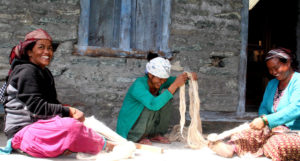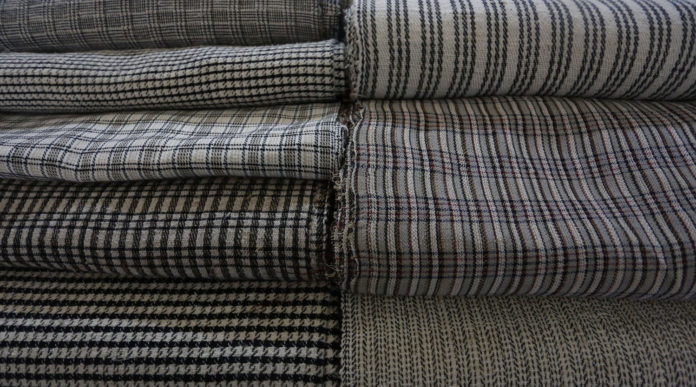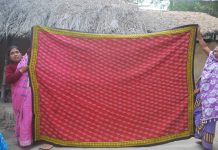Bhangra products are made from fibre prepared from hemp plant (Cannabis Sativa). There are two types of hemp plant—male and female. Fibre extracted from this plant is popularly known as hemp or bhangra. The fibre is used throughout the country mainly to make ropes and twines as well as textiles and home furnishings. It is believed that hemp textiles have been exported from Nepal since 1970s.

The plant is cut when it begins to shed pollen so that high quality fibre can be obtained. It is then dried for three to five days. The stalks are then allowed to rett, when micro-organisms are employed on plants to dissolve or rot away much of the cellular tissues and pectins surrounding bast-fibre bundles, and so facilitating separation of the fibre from the stem.
Then its stalks are peeled, twisted and the fibre is pulled out. The fibrous portion is then teased using hands. It is left in the sun to dry for two to three days and then beaten to extract fibre. The fibre is then boiled, using caustic soda, and beaten to extract the black part, which has to be discarded. It is then washed thoroughly and left in the sun to bake. It is beaten again to separate the tangles. The fibre is then spun into yarn. The quality of fibre depends on the extraction and processing skills.
The yarn is then woven using a handloom. Some mix cotton to make the textile stronger. Products like caps, coats, bags and shoes are made of bhangra fibre. These products are exported mainly to countries like Japan, Korea, Europe and the United States.
Bhangra is mostly made in far-western region of Nepal. However, only few people there are involved in production. There is no exact figure about number of people involved in production of bhangra items.





